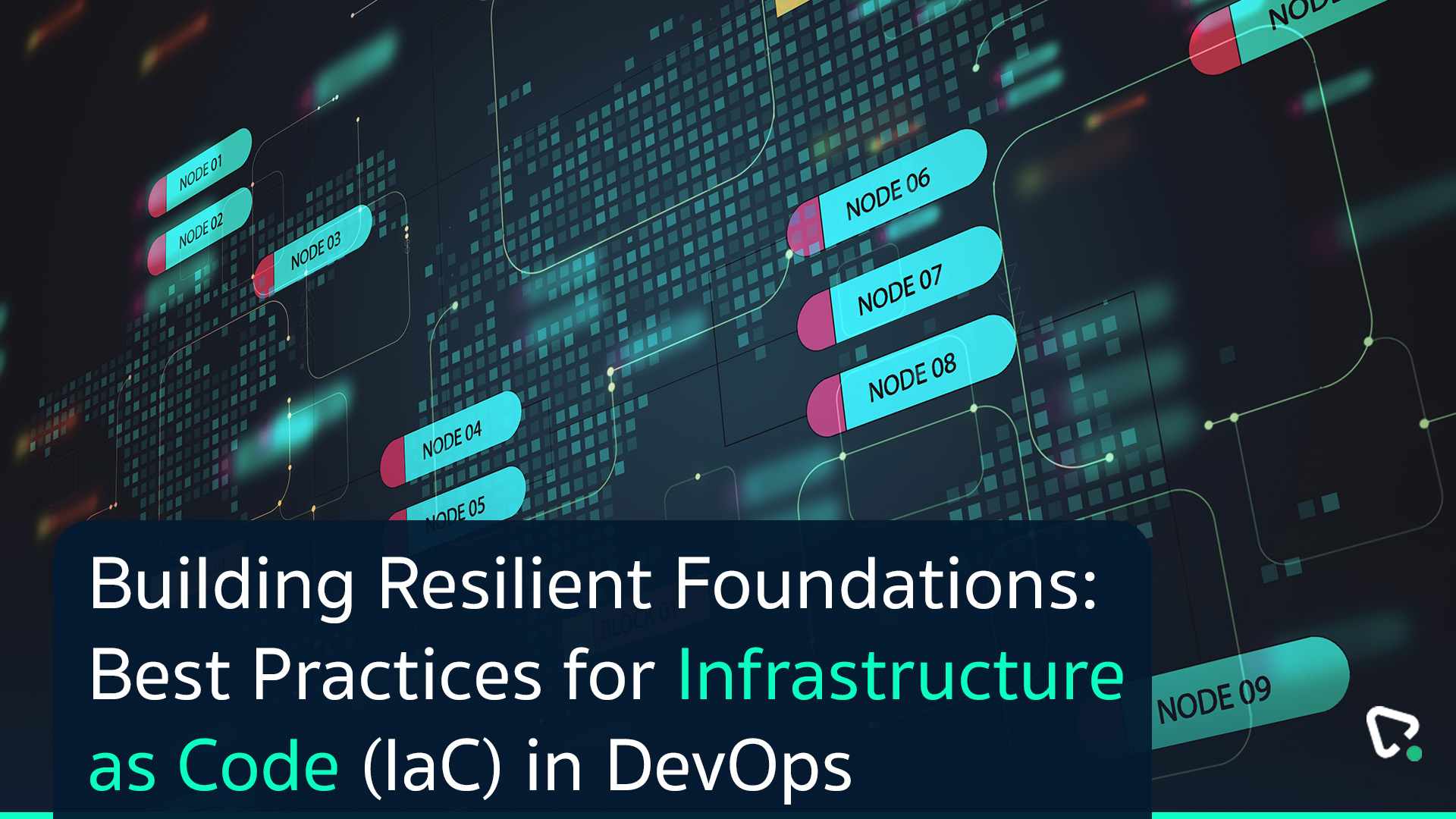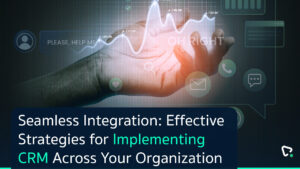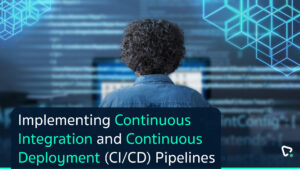Infrastructure as Code (IaC) has become a cornerstone of modern DevOps practices, enabling organizations to build resilient, scalable, and easily manageable infrastructure. By treating infrastructure configuration as software, teams can leverage powerful automation tools and methodologies to enhance their development and deployment processes. This blog post explores best practices for implementing IaC in DevOps environments, focusing on building resilient foundations that can withstand the challenges of today’s dynamic IT landscapes.
1. Embrace Version Control for Infrastructure
One of the fundamental best practices in IaC is treating your infrastructure code with the same rigor as application code. This means:
- Using Git or other version control systems to manage IaC files
- Implementing branching strategies (e.g., GitFlow) for infrastructure changes
- Conducting code reviews for infrastructure modifications
- Tagging releases to maintain a clear history of infrastructure states
By embracing version control, teams can track changes, rollback when necessary, and maintain a comprehensive audit trail of infrastructure evolution.
2. Implement Continuous Integration and Continuous Delivery (CI/CD) for Infrastructure
Integrating IaC into CI/CD pipelines is crucial for maintaining consistency and reliability:
-
- Automate testing of infrastructure code (e.g., syntax checks, policy compliance)
- Use tools like Terraform Cloud or AWS CodePipeline for automated deployments
- Implement blue-green or canary deployment strategies for infrastructure changes
- Regularly validate the entire infrastructure stack through automated testing
This approach ensures that infrastructure changes are thoroughly tested before reaching production environments.
3. Adopt Immutable Infrastructure Principles
Immutable infrastructure is a key concept in building resilient systems:
-
- Treat infrastructure components as disposable and replaceable
- Use container technologies like Docker for application deployment
- Leverage orchestration tools such as Kubernetes for managing containerized workloads
- Implement infrastructure updates through replacement rather than in-place modifications
This practice reduces configuration drift and enhances system reliability and predictability.
4. Implement Proper Secret Management
Securing sensitive information is critical in IaC implementations:
-
- Use dedicated secret management tools like HashiCorp Vault or AWS Secrets Manager
- Never store secrets in plain text within IaC files
- Implement rotation policies for all secrets and credentials
- Use encryption for sensitive data at rest and in transit
Proper secret management is essential for maintaining the security and integrity of your infrastructure.
5. Leverage Cloud-Native Services and Orchestration
To build truly resilient infrastructure:
-
- Utilize cloud provider-specific services for enhanced reliability (e.g., Amazon RDS, Azure Cosmos DB)
- Implement auto-scaling and load balancing to handle varying workloads
- Use managed Kubernetes services for container orchestration (e.g., EKS, AKS, GKE)
- Implement multi-region deployments for disaster recovery and high availability
Cloud-native services and orchestration tools provide robust foundations for scalable and resilient infrastructure.
6. Implement Comprehensive Monitoring and Logging
Visibility is key to maintaining resilient infrastructure:
-
- Use infrastructure monitoring tools like Prometheus or Datadog
- Implement centralized logging solutions (e.g., ELK stack, Splunk)
- Set up alerts for critical infrastructure metrics and events
- Regularly review and analyze logs and metrics for potential issues
Proactive monitoring enables teams to identify and address issues before they impact production systems.
7. Adopt GitOps Practices
GitOps extends the principles of IaC by using Git as the single source of truth for infrastructure:
-
- Use tools like Flux or ArgoCD for GitOps implementations
- Automate infrastructure updates based on changes in Git repositories
- Implement approval workflows for infrastructure changes through pull requests
- Ensure that the Git repository always reflects the desired state of the infrastructure
GitOps practices enhance collaboration, transparency, and auditability in infrastructure management.
8. Implement Compliance as Code
Ensure ongoing compliance with regulatory requirements:
-
- Use tools like Chef InSpec or AWS Config to define and enforce compliance policies
- Implement automated compliance checks as part of the CI/CD pipeline
- Regularly audit and update compliance policies to reflect changing regulations
- Generate compliance reports automatically for auditing purposes
By treating compliance as code, organizations can maintain a consistently compliant infrastructure.
Conclusion
Implementing these best practices for Infrastructure as Code in DevOps environments enables organizations to build resilient, scalable, and manageable infrastructure foundations. By leveraging automation, embracing cloud-native technologies, and implementing robust security and compliance measures, teams can create infrastructure that can adapt to changing business needs while maintaining stability and reliability.
Remember, the journey to mastering IaC is ongoing. Continuously evaluate and refine your practices, stay updated with emerging tools and methodologies, and foster a culture of continuous learning and improvement within your DevOps teams. With these foundations in place, your organization will be well-positioned to tackle the challenges of modern infrastructure management and drive innovation in your software delivery processes.




